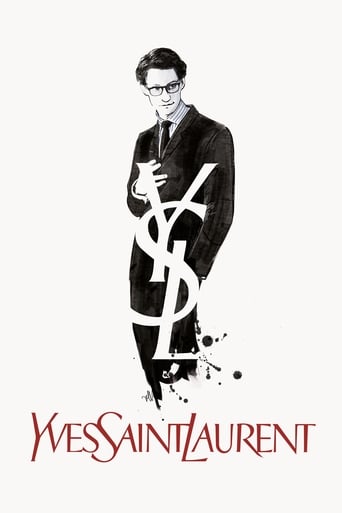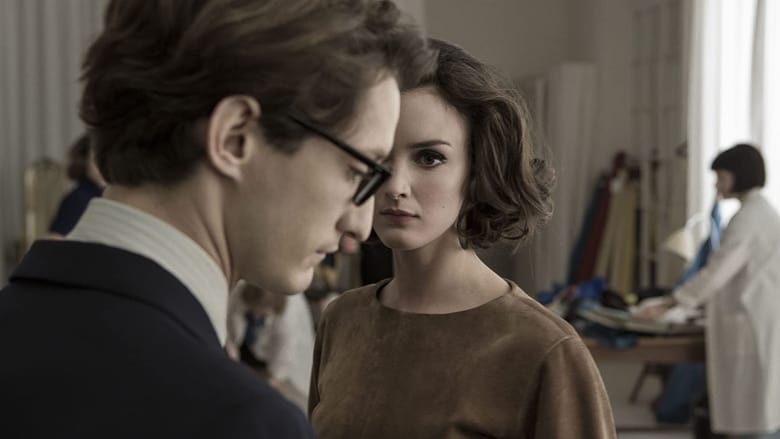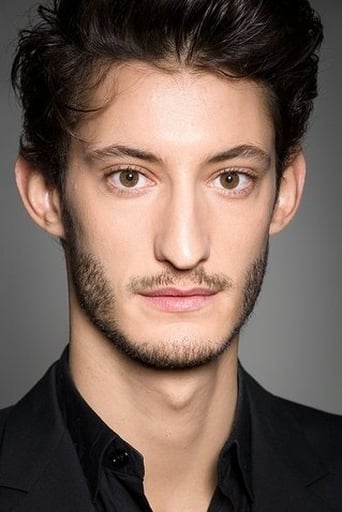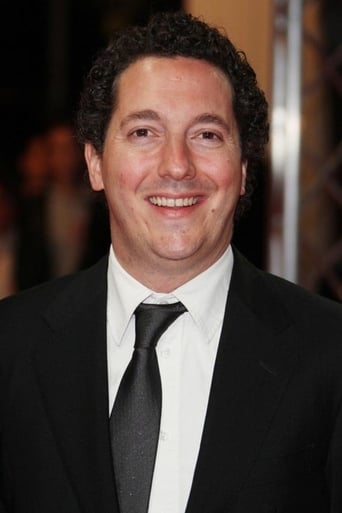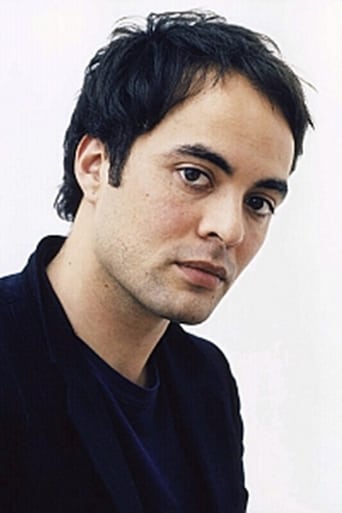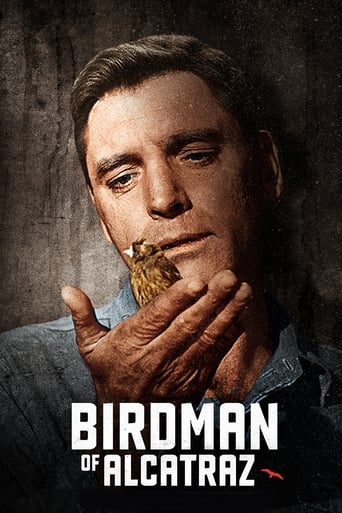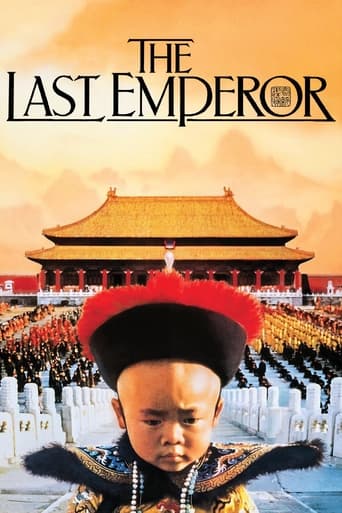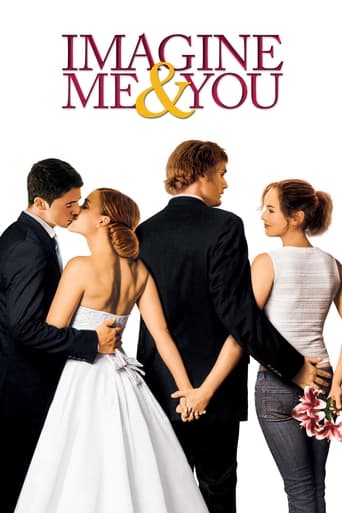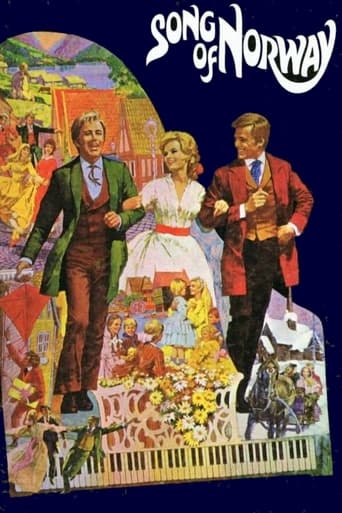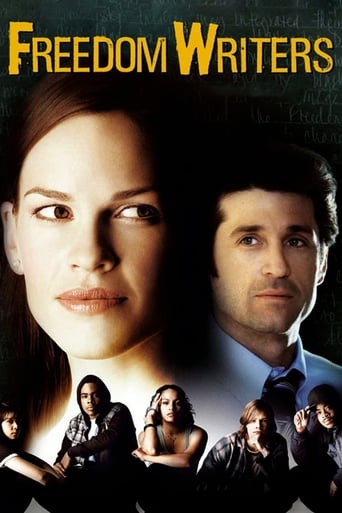Yves Saint Laurent (2014)
A look at the life of French designer Yves Saint Laurent from the beginning of his career in 1958 when he met his lover and business partner, Pierre Berge.
Watch Trailer
Cast


Similar titles
Reviews
Really Surprised!
Through painfully honest and emotional moments, the movie becomes irresistibly relatable
All of these films share one commonality, that being a kind of emotional center that humanizes a cast of monsters.
It is encouraging that the film ends so strongly.Otherwise, it wouldn't have been a particularly memorable film
This reminds me of flipping through a spiral bound photo album... nice pictures but what's going on... who are these people... what are they feeling... why... why... why... did he, or they, or she... Like Wikipedia we get some factual display of events but little interpretation. Great fashion shows and everyone, almost without exception, is beautiful. I must confess I fell asleep several times so maybe I missed some key elements.It may well be, in the style of French movies, that clues lurk, waiting for discovery on the third or fourth viewing, but first time around I left wondering, unsatisfied with many questions. I got a good sense for what things looked like, but little understanding.
YVES SAINT-LAURENT traces the career of the eponymous fashion designer (Pierre Niney) from his early days in the late Fifties to the zenith of his fame two decades later. The film concentrates on his professional as well as his personal struggles with long-time lover (and manager) Pierre Bergé (Guillaume Gallienne).Director Jalil Lespert makes a lot out of Saint-Laurent's background as an outsider; born in Algeria during the colonial period, he never really felt at home in mainstream Parisian society. He began his career by following existing fashion patterns; but after being dismissed as "boring," immediately after leaving the house of Dior (Patrice Thibaud) he branched out on his own. This proved a wise move, as the film shows how he shot to stardom with a series of daring and often innovatory designs. There are several shots of Saint-Laurent working on his new creations day and night, to the despair of Pierre.YVES SAINT-LAURENT offers a sumptuous recreation of Fifties and Sixties Parisian society. Deliberately shot in washed-out colors, the film conjures up a lost world of large saloon cars, packed streets and never-ending parties where Saint-Laurent spent most of his leisure-time. The models' hairstyles are deliberately ostentatious, especially that of principal mannequin Victoire (Charlotte Le Bon) who at first attracts and then repels Saint- Laurent.Lespert's film doesn't tell us much about Saint-Laurent's life, other than the fact that he was something of a tortured genius, always on the lookout for personal as well as professional satisfaction but never seeming to find it. He enjoys a close relationship with his mother (Marianne Basler), and later on in life he always runs back to Pierre for emotional as well as professional support. With his black horn-rimmed lenses and increasingly disheveled hair-styles, Niney gives a convincing portrayal of the designed. On the other hand, perhaps the script should have offered more insight into how Saint-Laurent became such an iconic figure of the fashion world; what was it about him that made him so popular with both high society and the ordinary consumer.As Pierre, Galienne has to make the best of a supporting role, and succeeds brilliantly. He comes across as a patient person, ever ready to forgive Saint-Laurent's excesses; but nonetheless dedicated to the fledgling fashion-house's future success. In several backstage sequences he is shown managing the models, designers and other assorted hangers-on with quiet efficiency, clipboard in hand. It was mostly down to his efforts that the house of Saint-Laurent enjoyed its global success; without him, the designer might have only had limited appeal.YVES SAINT-LAURENT is definitely watchable - some of the party- scenes where the hero enters a drug-filled world of fantasy and hallucination - are particularly memorably shot. But I still think the film represents something of a missed opportunity to dramatize the life of an icon.
Becoming a trend-setter in the fashion industry can be quite the challenge, but making a fashion movie with some cinematic and historical merit is the real challenge many have been willing to accept, and have failed miserably. Even though there are so many irreplaceable names within fashion with such interesting stories to tell (Dior, Arden, Versace, Ford, Varvatos, Gucci and Chanel to name a few), director Jalil Lespert chooses Yves Saint Laurent; one of the few fashion icons to have his pieces of high fashion and considerably iconic art pieces displayed in museums and prestigious art galleries around the world. Yet, with Yves Saint Laurent, we aren't quite sure if that is simply enough for a biopic of this stature.Lacking any real panache and coming undone at the poorly constructed narrative seams, Yves Saint Laurent becomes a retro-fitted cinematic mess that, similar to many of Luarent's pieces, is more fun to look at than to wear, or in this case, follow narratively. Yves Saint Laurent depicts the tormented life of a genius, torn apart by the luxuries of high living and fame at too young an age. While Laurent could never possibly be taken away from being a visionary, his newest film by veteran French actor Jalil Lespert focuses more on its grainy, melancholic exterior than it does with coherently telling the story of one of the most revolutionary haute couture designers of the mid-1900's.One of Lespert's greatest facilitators of telling Laurent's story is sex, and his story begins at the tender age of a twenty-one when Yves Henri Donat Mathieu-Saint-Laurent (Pierre Niney) was simply the assistant to Christian Dior. Lespert's film is a daunting task of understanding the ambiguity of silence and the mixed feelings of Laurent, who makes advances to his female friend and model Victoire Doutreleau (Charlotte Le Bon), yet exchanges undressing glares to his Algerian male gardener–this introduction of the film really throws audiences off. Thankfully, the slight glimmer of brilliance that is Lespert's film is understood fully once it is revealed that Laurent is a homosexual, and falls in love with Pierre Bergé (Guillaume Gallienne) in a seamlessly idyllic visit to a friend's Northern villa. Although Laurent's marriage to Bergé is never seen on film, rather, the tyrannical disputes of power within Laurent's fashion empire and the constant sexual espionage between the couple is used to replace some of the fluffy, real life moments between the couple, the real life Bergé applauded the film for being a rather authentic look of the life of he and his questionable true love. It's too bad Lespert's film is ruined with an annoying voice-over narration that reveals the film as B-grade cinema rather than stuffy, fine-French cinema couture.Lespert is keen on making it clear that, Laurent had always led a privileged life, despite the horrors occurring in Oran, French Algeria (his birthplace) at the time of the late 1950's, and his family's move away from Algeria at the time and into France. Villa to villa, despite Laurent's apparent talent for fashion and designing, it shows just how much luck (good and bad), and being at the right place at the right time gave Laurent the opportunity to head the House of Dior, following Dior's sudden death at the age of fifty-two. But, the impact of the Algerian War of Independence doesn't stop there as it sucks Laurent back in when he is conscripted to join the French Army. Despite being the head of the House of Dior, Laurent enlists, only to be subjected to wide variety of medical tests that lead to illness, with tortuous means of remedy and an expulsion as Head Designer and a chance to head his own fashion house in the early 1960's, YSL.One of Yves Saint Laurent's strengths as a film is showing the relationship between our self titled character and giving audiences a glimpse into the complicated life that he and his life partner, Bergé, really had. The heart of the film is seen between Niney and Gallienne, who give great insight on the chemistry between the great minds of such a powerful fashion brand and the inner workings of business geniuses, but a poorly matched couple. While watching the film, I couldn't help but notice how tasteful and well-constructed the scenes and relationship between Bergé and Laurent is highlighted, while earlier films this year, specifically the narratively crippled James Brown biopic Get On Up hardly gives justice to the complex inner workings of the business partnership and friendship between James Brown and notoriously anonymous Bobby Byrd.I have to admit, up until the film introduces Laurent's muse Loulou de la Falaise, played by Laura Smet, I was confused, as I knew that Léa Seydoux (Blue is the Warmest Color) strolled the red carpet in Cannes earlier this year for her role as the infamous muse. Once I was out of the theatre and was able to check my smart phone, it became clear that indeed, Seydoux did play de la Falaise, but not in this Laurent film. Saint Laurent, the other Yves Saint Laurent film made this year, who made its premiere at the Cannes Film Festival, will surely be a daunting competition for this film, seeing as it was embraced and accepted into the highest class film festival, while this Laurent film may very well be the department store version of the Laurent story.
In many respects, this biopic of the titular fashion designer is everything you might expect. It is full of beautiful people wearing beautiful clothes in beautiful surrounds. Fortunately though, Yves Saint Laurent is much more than that and we do get some insight into a man whose demons very nearly threatened to derail his reputation and career on more than one occasion. Too often, biographical films try to cram too much into the limited running time that a motion picture necessarily demands, so it is very pleasing that director Jalil Lespert has avoided the temptation to cover every stage of Saint Laurent's life and career, opting instead to focus, for the most part, on his emergence as a pre-eminent figure in French fashion circles and the ensuing bouts of self-destructive behaviour that threatened to overshadow his creative genius. The film does touch on the later stages of Saint Laurent's life, but primarily to contextualise the relationship with lifelong partner Pierre Berge, who we first meet in a pre-credit sequence set after Saint Laurent's death. The story is then told as a recollection of events from Berge, who provides a second-person narration as though it is being delivered to Saint Laurent himself.Pierre Niney takes on the role of the Algerian-born Saint Laurent, who we first meet at home in Oran on the Mediterranean coast. Whilst still in his teens, Saint Laurent finds himself working for Christian Dior, whose death in 1957 propelled Saint Laurent into the role of head designer at Dior's fashion house at just 21 years of age. Already encumbered by a social anxiety that he attributes to childhood bullying, Saint Laurent finds it difficult to cope with the aura of expectation that surrounds him. When he is drafted into the French military, Saint Laurent finds himself unable to cope, is confined to a psychiatric hospital and subjected to electroshock treatment. Sacked by Dior as a result, Saint Laurent establishes his own brand with the help of Berge (Guillaume Gallienne), a cash settlement secured from his former employer and the support of an American investor. From this point, Saint Laurent emerges as a superstar of the fashion world; each new collection met with adoring enthusiasm. However, whilst his professional profile explodes and he cements his reputation as one of the truly great designers, he sets out on a path of self-destruction; partaking in drugs, excessive alcohol consumption and infidelity in an effort to combat the depression, anxiety and insecurity that plague him.This is very much a film that examines the relationship between Saint Laurent and Berge, with the latter emerging as a stoic hero figure who stands by Saint Laurent throughout the tumult that was their personal and business relationship. If what we see is to be believed (and I have no reason to suggest we shouldn't), then Berge was a guardian angel for the troubled designer, serving as manager, constant companion, lover and lifesaver. It is hardly surprising therefore that the real life Berge has endorsed the film, which is based, in part, on his book Letters to Yves. Furthermore, Berge has praised the performances of both actors, telling Vogue magazine that he was "blown away by Pierre Niney's performance. It really disconcerted me. It even upset me, because it's very difficult. At times, I thought it was Yves Saint Laurent himself. That's huge." On Gallienne, Berge declared "I think he's an extraordinary actor." Of course, as a result of Berge's ties to the project, the filmmakers were granted access to Saint Laurent's original design studio and more than 70 of his vintage outfits and, it must be said, the clothes are stunning. Another key figure in Saint Laurent's life during his rise to fame was model Victoire Doutreleau (played by the stunning Charlotte Le Bon), who was one of Saint Laurent's few close friends until forced out of his life by Berge, who considered her a bad influence.Yes, the film is a celebration of Saint Laurent's creative genius, but it certainly doesn't shy away from the darker side of his personality. It is a reminder of the destructive nature of disorders such as depression and anxiety, even amongst those who seemingly have it all. The film looks elegant – sumptuous even – and the musical score draws upon classical, jazz, rock and opera at different times, to mostly good effect. Ultimately, Yves Saint Laurent is an engaging, if somewhat genteel, examination of the life (or part thereof at least) of a talented yet troubled individual. Lespert has crafted a film that explores the darker side of Saint Laurent's personality without diminishing his legacy as a fashion icon.

